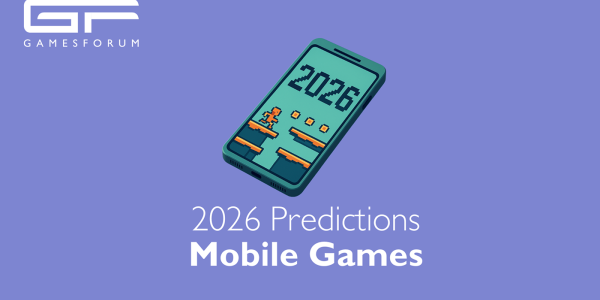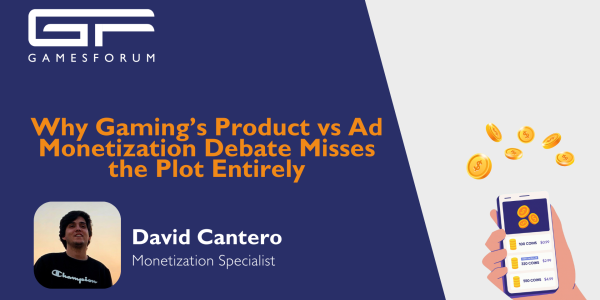ROAS on a Knife’s Edge: The Rise of Mid-Game Interstitials in Mobile Gaming

In his first ever feature for Gamesforum, Gavin Grady delves into mid-game interstitials.
Mobile gaming has become a cornerstone of the global entertainment industry, with billions of players engaging in games on their smartphones and tablets daily. As the market grows, so too does the competition among developers to monetize their games effectively. One method that has seen a significant rise in recent years is the use of "mid-game" interstitials—full-screen ads that appear during gameplay, often interrupting the player's experience. While these ads can be a lucrative revenue stream, they also present a complex challenge in balancing profitability with user satisfaction. We’ve all become accepting (if not still aggravated) by receiving a full screen interstitial in between levels, which have been a cornerstone of AdMon strategies, but we’re now seeing that being pushed to the absolute limit.
What Are Mid-Game Interstitials?
Mid-game interstitials are a type of advertisement that appears during the gameplay of a mobile game, typically at natural pauses or transitions, such as between levels or after completing a task. Unlike banner ads or rewarded videos, which players can often choose to engage with or ignore, interstitials are designed to capture the player's full attention. They are typically full-screen and can include the now typical multiple action close functions. You know the type, wait 5s for this close button to appear, then wait while the playable loads before another close appears, before the app store pop up shows, we’ve all been locked in that rage flow. Ensuring that the flow of the game you are playing has been broken and your anger at the interruption grows ever so slightly.

The Delicate Balance: User Experience vs. Revenue
While the financial allure of mid-game interstitials is clear, their increasing prevalence raises a crucial question: how can developers balance maximizing revenue with maintaining a positive user experience? This balance is vital for long-term success in the highly competitive mobile gaming market.
Impact on User Experience
Mid-game interstitials, by their nature, interrupt the flow of gameplay. While some players might tolerate occasional interruptions, frequent or poorly timed interstitials can lead to frustration. This disruption can break the immersion that many games work hard to create, causing players to feel annoyed or, worse, prompting them to abandon the game altogether.
Studies have shown that player retention is closely linked to the overall user experience. If a player feels that the game's primary purpose is to serve ads rather than to entertain, they are more likely to uninstall the game and seek alternatives. The negative reviews that often accompany this frustration can further harm a game’s reputation and its ability to attract new users. Which can be seen with the eye watering 2.7* rating for one of the titles I’ve recently seen with these ads.
Revenue Considerations
On the flip side, interstitials can be a significant revenue driver. In a market where the majority of users prefer free-to-play games, in-app advertising becomes a critical revenue stream for developers. Mid-game interstitials are particularly attractive because they command high CPM (cost per mille) rates compared to other forms of in-app advertising.
The challenge lies in deploying these ads strategically. The timing, frequency, and relevance of interstitials can make a substantial difference in how they are perceived by players. For example, an ad that appears at the end of a level might be more acceptable to players than one that interrupts them during a critical moment in the game. One thing that could be behind being this aggressive with ads, is pushing users to spend on the No Ads package (Something that used to be activated with any IAP in mobile gaming, but that’s for another time). The question is, is being so badly rated, and dropping your retention rate, really pushing users into becoming a spender? And if so, what will be next?
A The Long-Term Perspective
Ultimately, the success of mid-game interstitials depends on the developer’s ability to prioritize the player experience while still meeting revenue goals. In the short term, aggressive monetization strategies might boost revenue, but if they alienate players, the game’s long-term viability could be at risk. On the other hand, a game that respects its players by delivering a seamless experience, even while monetizing through ads, is more likely to build a loyal player base and achieve sustained financial success.
Will we ever see the end of Intrusive ads?
When is this Apple Arcade/ Google Play Pass supposed to become the norm?
When ads become a bigger part of the game than the actual game content, where did we go wrong as an industry?
All questions I wish we could have answers to sooner than trying to find a hidden close button.











